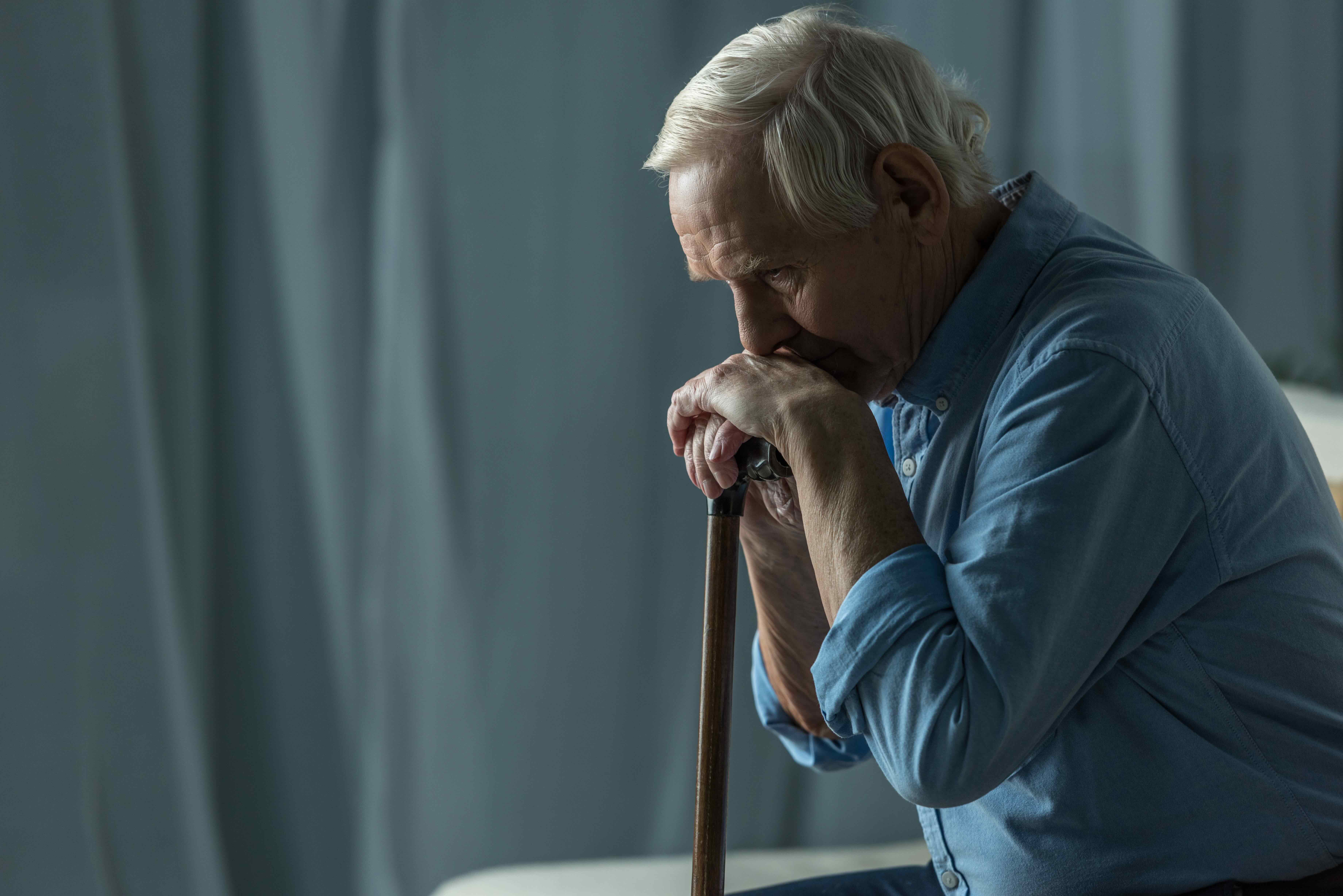Learn about the signs, progression, and care strategies for Lewy body dementia—an often misunderstood but common form of dementia.

Lewy body dementia (LBD), also known as dementia with Lewy bodies, is a progressive brain disorder that affects over 1 million people in the United States. Despite being the second-most-common type of progressive dementia after Alzheimer’s disease, it remains underrecognized and often misdiagnosed.
LBD occurs due to abnormal protein deposits—called Lewy bodies—in the brain. These proteins disrupt normal brain function, leading to a wide range of cognitive, physical, and behavioral symptoms.
Raising awareness is key. October marks Lewy Body Dementia Awareness Month, an opportunity to highlight this complex condition, its symptoms, and the importance of early detection and supportive care.
A Brief History: The Discovery of Lewy BodiesLewy bodies were first discovered in 1912 by Dr. Frederic Lewy, a neurologist who identified these abnormal protein clumps while studying Parkinson’s disease. However, his discovery received little attention at the time.
It wasn't until the late 20th century that awareness grew. In 1976, Japanese psychiatrist Dr. Kenji Kosaka examined the brains of individuals with atypical dementia and coined the term “Lewy body” in 1980. Since the 1990s, global collaboration and advanced imaging techniques have helped researchers better understand this unique form of dementia.
Symptoms of Lewy Body DementiaBecause LBD shares characteristics with both Alzheimer’s and Parkinson’s diseases, it can be difficult to recognize. Symptoms typically develop gradually and worsen over time, impacting multiple areas of functioning:
Cognitive Symptoms
Movement Symptoms
Behavioral and Mood Symptoms
Sleep Disturbances
Challenges in Diagnosing Lewy Body DementiaDiagnosing LBD can be challenging because its symptoms overlap with other neurodegenerative conditions. In some cases, diagnosis is only confirmed after death through autopsy.
A high-profile example is the late actor Robin Williams. Initially diagnosed with Parkinson’s disease, his autopsy later revealed extensive Lewy body deposits, providing a clearer picture of the struggles he had faced.
A thorough evaluation includes input from both the patient and their caregiver, as symptoms may fluctuate and are not always visible during a clinical visit. Neurological exams, brain imaging, and detailed medical histories are essential for accurate diagnosis.
Treatment and Daily ManagementThere is currently no cure for Lewy body dementia, but a combination of medical and non-medical approaches can help manage symptoms and improve quality of life.
Medical Treatments
Non-Medical Strategies
Caregivers also play a crucial role and may benefit from counseling, respite care, and support groups to manage stress and prevent burnout.
How Geriatric Care Managers Can HelpNavigating the complexities of Lewy body dementia can be overwhelming. Geriatric care managers (GCMs) offer expert guidance and coordination to support families through each stage of the disease.
Here’s how a GCM can assist:
By taking a holistic approach, GCMs help ensure that both individuals living with LBD and their caregivers receive the compassionate, well-coordinated support they need.
Call to Action

